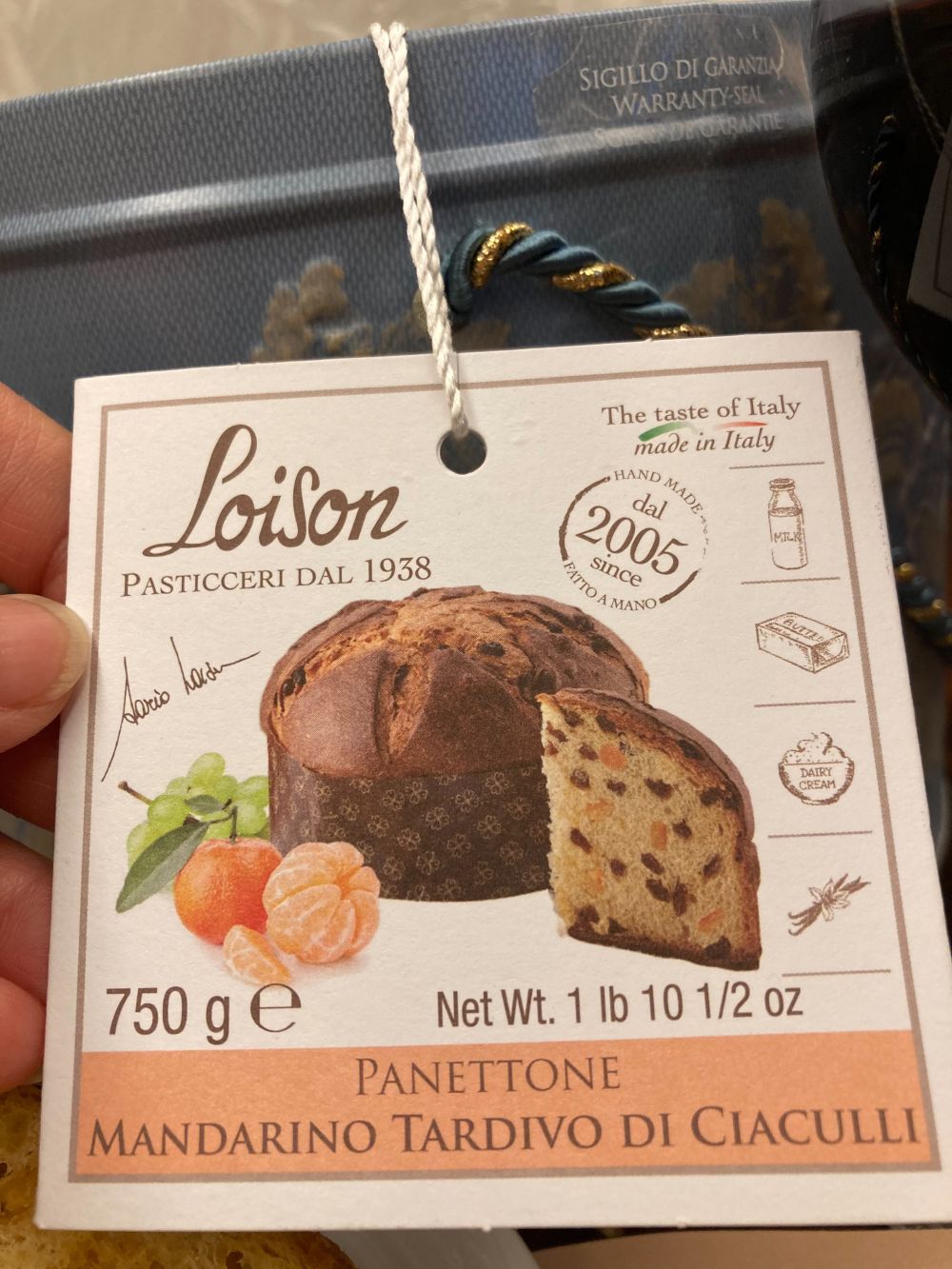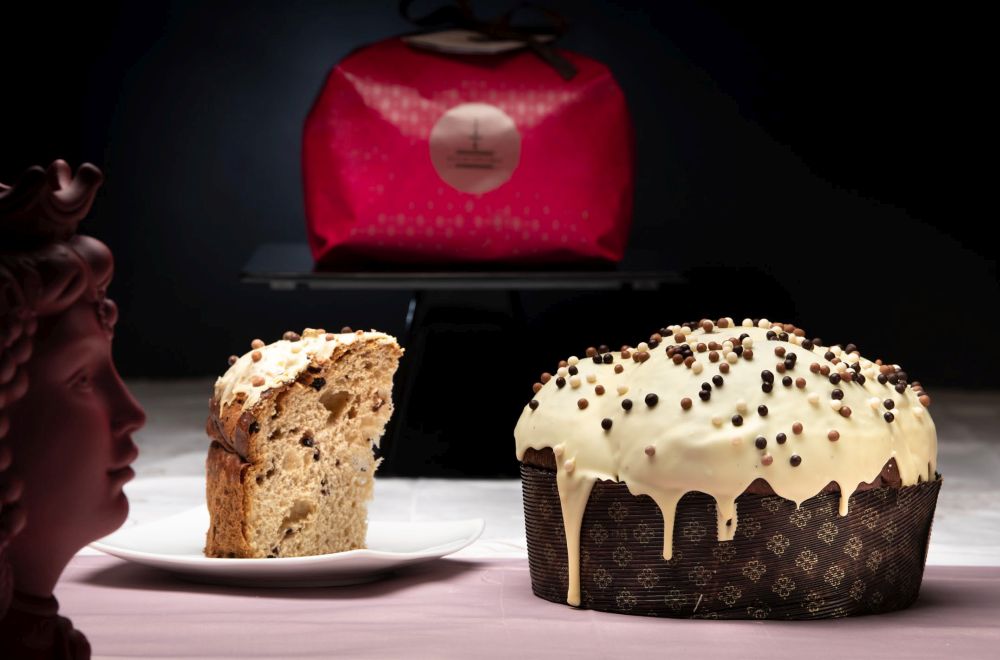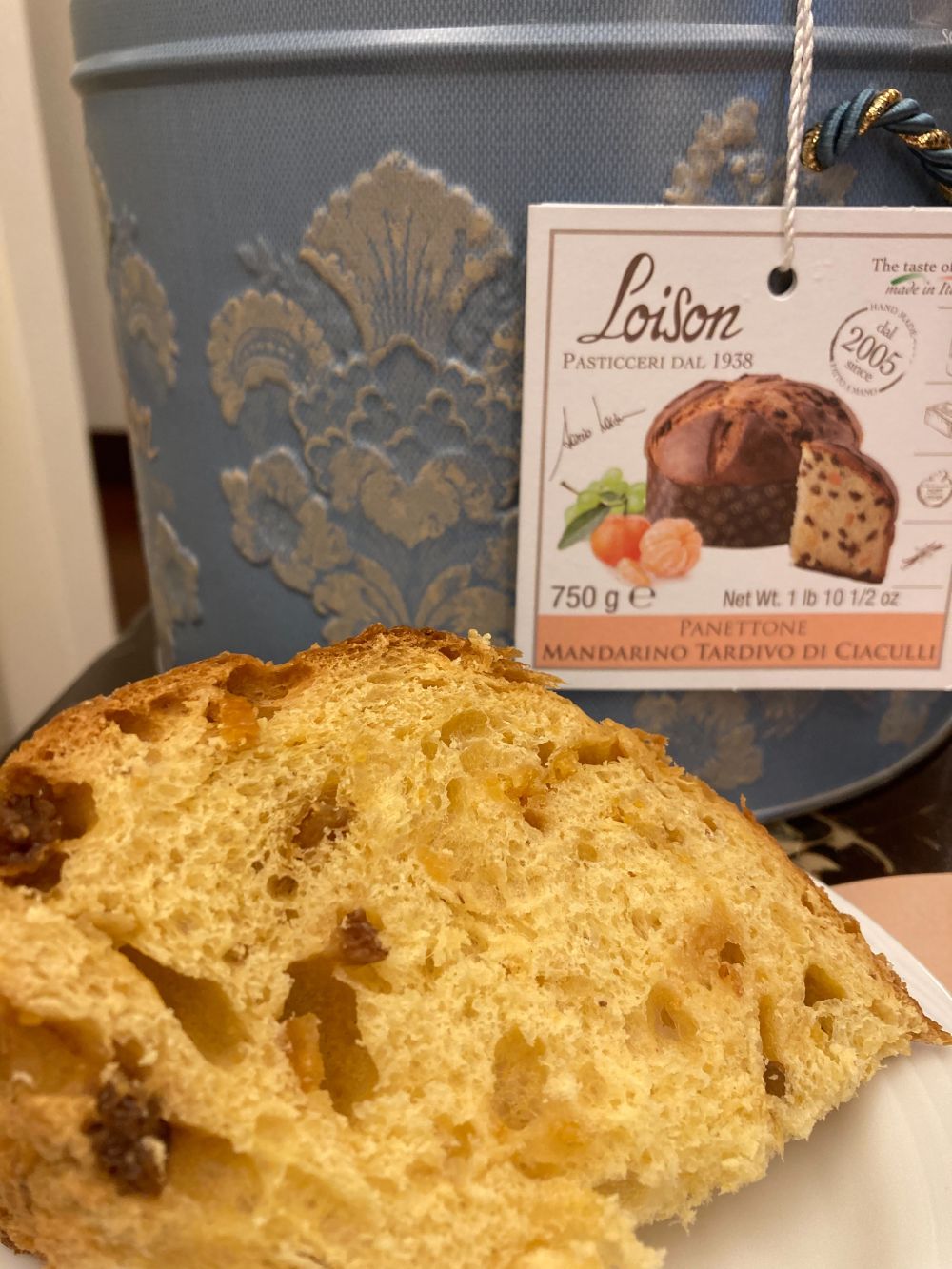As the holiday season approaches, our thoughts (and appetites) inevitably turn to indulgent treats—cookies, fruitcake, eggnog, holiday cherry pie, and, of course, Panettone. Wait, what? Pronounced “pah-net-taw-nee,” Panettone is an Italian yeast-leavened bread, typically featuring raisins, candied fruit peels, almonds, and a hint of brandy. As our mouths water at the mere thought, let’s delve into the origins of this delectable creation.

Where did Panettone originate? While some refer to it as Christmas cake or sweet bread, Italians firmly label it as bread, no questions asked. The first documented mention of Panettone dates back to an 1839 Italian-Milanese dictionary. According to Smithsonian.com, it has been a cherished Lombard specialty since the 19th century. Cookbooks from that era, including Giovanni Felice Luraschi’s 1853 Nuovo cuoco milanese economico, attribute the birth of the original recipe to the Milan region.
Italy proudly produces over 7,100 tons of Panettone annually, with about ten percent finding its way to international markets, notes Smithsonian.com. This sweet bread holds such significance that, in 2005, it gainedformal authentication under Italian law.

Italy Magazine shares a charming love story associated with this famed bread. Legend has it that a nobleman and falconer named Ughetto fell for Adalgisa, the daughter of a struggling baker. Despite familial objections, Ughetto, in disguise, joined the bakery and, with a touch of butter and sugar, transformed the bread mix. The ensuing sweet bread’s popularity revived the bakery’s fortunes, eventually earning the family’s approval for the couple to marry. A truly heartwarming tale.

Now, let’s explore the ingredients within Panettone. The recipe encompasses wheat, butter, eggs, sugar, raisins, and assorted fruits and peels. In the 1900s, wheat scarcity turned it into a prized ingredient, creating a festive scarcity in Milan.
Henk Drakulich, executive chef at La Brea Bakery, describes Panettone as resembling a light, fluffy bread with a dessert-like sweetness. La Brea Bakery infuses theirs with a sourdough starter, resulting in a brioche-like texture that takes two full days to craft.

What about store-bought Panettone? According to Italy Magazine, a traditional loaf should be cylindrical, with a domed top, taller than wide, and boast a soft, airy interior beneath a dark exterior. While modern versions feature chocolate instead of fruit, traditional Panettone is citrus-flavored fruit bread. Drakulich warns that commercial versions, often labeled as “fruit cake,” are loaded with preservatives.

How to enjoy Panettone? Drakulich suggests various ways, from serving it with mascarpone cream to enjoying it toasted with Nutella. Some even make Panettone French Toast with slightly stale loaves. Whether paired with coffee in the morning or a glass of Marsala wine in the evening, Panettone is a versatile delight.
For the authentic experience, Italy Magazine advises removing the paper liner, slicing the loaf with a serrated knife like a cake, and presenting triangular wedges. However, a word of caution: Italians view it as bad luck to remove the domed top and consume it separately. Enjoy the full, delicious experience of Panettone, a Christmas bread loved worldwide.
- Panettone I is a great place to start. From there, you can get more creative with these fun varieties:
- Panettone II (suitable for a bread maker only)
- Orange and Saffron Panettone
- Savory Panettone

Panettone emerges as more than just a delightful Christmas bread; it encapsulates a rich history, cultural significance, and a heartwarming love story. From its humble origins in 19th-century Milan to becoming a symbol of Italian pride, Panettone has evolved into a global culinary sensation. Its diverse flavors, traditional craftsmanship, and versatility in serving options make it a cherished treat during the festive season. Whether enjoyed with morning coffee, a glass of wine in the evening, or transformed into creative recipes like French Toast, Panettone truly stands out as a sweet, aromatic masterpiece that transcends cultural boundaries and continues to bring joy to tables around the world.

